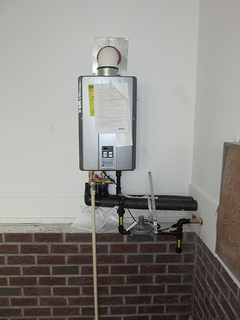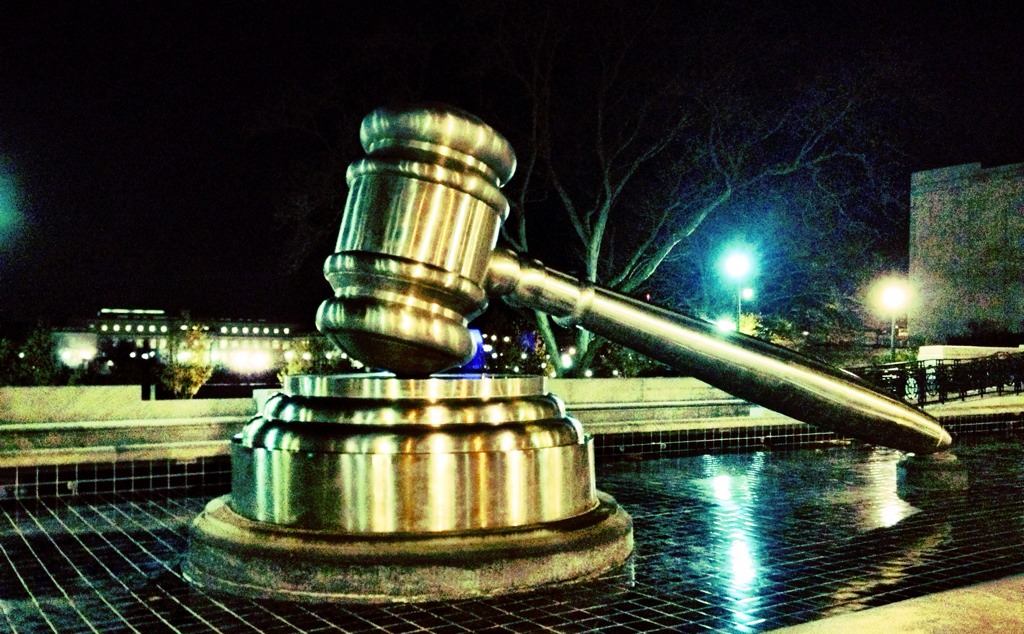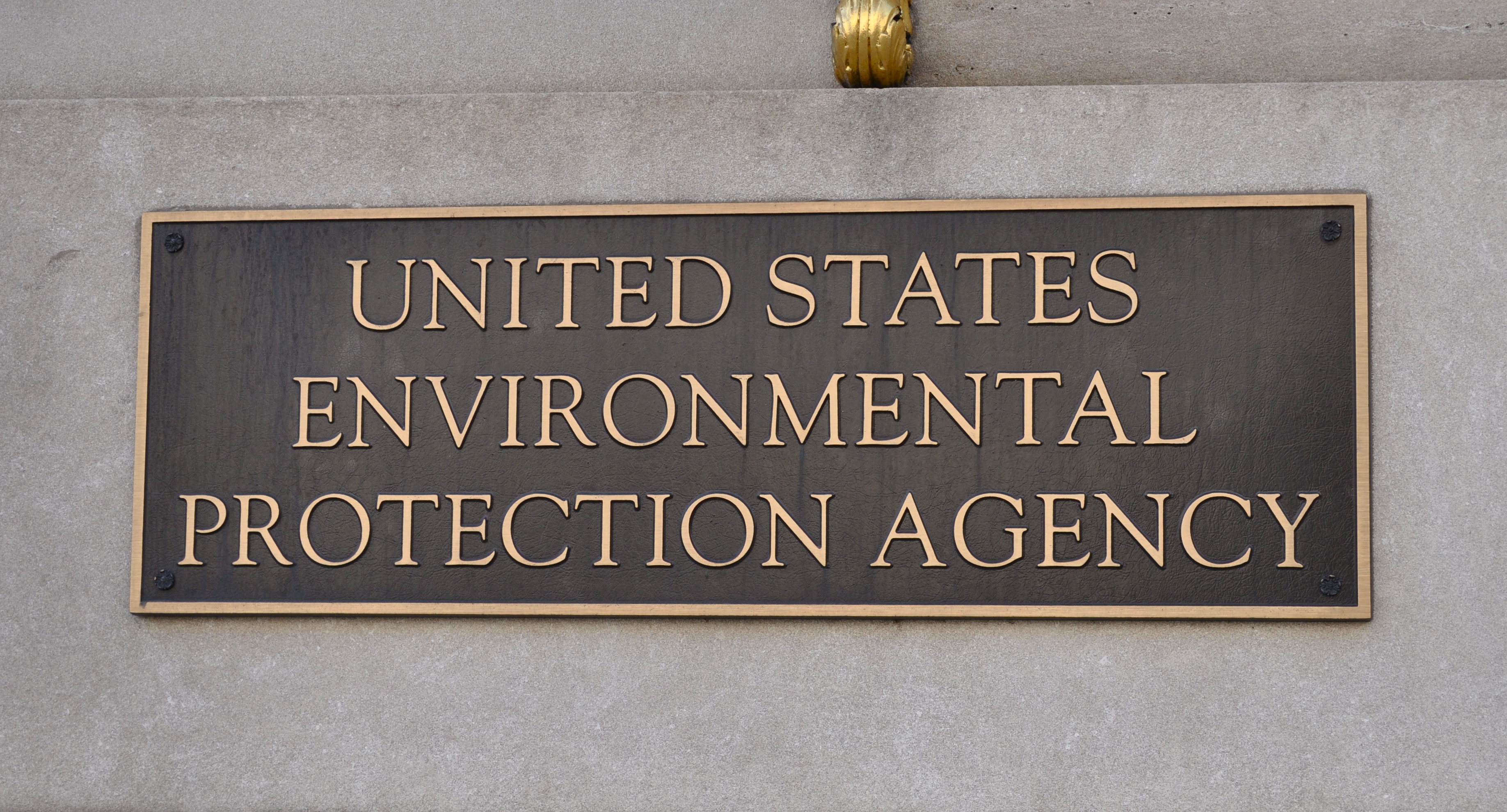The U.S. Supreme Court recently showed strong support for enforcing forum-selection clauses in Atlantic Marine Construction Co., Inc. v. United States District Court for the Western District of Texas, 571 U.S. ___ (2013). The Court’s decision discusses forum-selection clauses in contracts generally, but lays the foundation and support for enforcing a forum-selection clause in a construction contract. The Court concluded that “a proper application of [28 U.S.C.] §1404(a) requires that a forum-selection clause be ‘given controlling weight in all but the most exceptional cases.'” Absent extraordinary circumstances, a forum-selection clause is to be enforced by the courts under the Supreme Court’s modified balancing-of-interest standard. Accordingly, a forum selection clause is not a boilerplate provision to be ignored or disregarded.
The Underlying Action
Atlantic Marine Construction Co., Inc. involves a subcontract dispute between Atlantic Marine Construction, Co., Inc., a Virginia corporation (“Atlantic Marine”), and J-Crew Management, Inc., a Texas corporation (“J-Crew”). The subcontract included a forum-selection clause confirming that all disputes between the parties would be litigated in the Circuit Court for the City of Norfolk, Virginia, or the U.S. District Court for the Eastern District of Virginia, Norfolk Division. When a dispute arose under the subcontract, however, J-Crew filed suit in the Western District of Texas. Atlantic Marine moved to dismiss the case under 28 U.S.C. §1406(a) for “wrong” venue and Federal Rule of Civil Procedure 12(b)(3) for “improper” venue. In the alternative, Atlantic Marine moved to transfer the case under Section 1404(a), which allows a district court to transfer a civil action to any other district or division for the convenience of the parties and witnesses or to any other district or division where all the parties have consented.
The District Court denied both motions. The court held that §1404(a) is the exclusive mechanism for enforcing a forum-selection clause that points to another federal forum; that Atlantic Marine bore the burden of establishing that a transfer would be appropriate; and that the court would consider a list of public and private interest factors, of which the forum-selection clause was only one factor. The District Court held that Atlantic Marine failed to carry its burden. The Court of Appeal agreed with the District Court’s decision that §1404(a) is the exclusive mechanism for enforcing a forum-selection clause that points to another federal forum. The Court of Appeal, however, held that Rule 12(b)(3) would be the correct mechanism to enforce a forum-selection clause that points to a nonfederal forum. The Court of Appeal denied Atlantic Marine’s petition, holding that the District Court did not abuse its discretion in refusing to transfer the case after conducting the balance-of-interests analysis required by §1404(a).
The U.S. Supreme Court’s Ruling
The U.S. Supreme Court agreed with the Court of Appeal that Section 1404(a) is an appropriate provision to enforce a forum-selection clause referencing a federal forum. The Court, however, rejected the Court of Appeal’s findings that a forum-selection clause pointing to a state or foreign forum can be enforced through Rule 12(b)(3). The Court instead held that these provisions should be enforced through the doctrine of forum non conveniens, the doctrine codified by Section 1404(a) that permits transfer to a more convenient forum. Because both Section 1404(a) and the doctrine of forum non conveniens use the same balancing-of-interests standard, the Court held that courts should evaluate a forum-selection clause pointing to a nonfederal forum in the same way that they evaluate a forum-selection clause pointing to a federal forum.
Although the Court held that Section 1404(a) is the relevant statute, the Court rejected the Court of Appeal’s analysis of Section 1404(a) motions in cases involving a forum-selection clause. The Court held that a valid forum-selection clause requires courts to adjust their usual Section 1404(a) analysis in three ways. First, when a valid forum-selection clause exists, the plaintiff’s choice of forum has no weight. As the party defying the forum-selection clause, the plaintiff has the burden of establishing that transfer to the forum that the parties bargained for in the contract is unwarranted.
Second, a court evaluating a Section 1404(a) motion to transfer based on a forum-selection clause should not consider the parties’ private interests. When the parties agreed to the forum-selection clause, they waived the right to challenge the preselected forum as inconvenient or less convenient for themselves, their witnesses, etc. Thus, a court may only consider public interest factors. Public interest factors, however, will rarely defeat a motion to transfer unless extraordinary circumstances exist.
Third, a Section 1404(a) transfer will not carry with it the original venue’s choice-of-law rules. There is a Section 1404(a) exception to the general rule that requires a federal court to follow the choice-of-law rules of the state in which it sits. The Section 1404(a) exception allows the transfer court to apply the state law of the original court. The Court, however, held that this exception does not apply to cases where the motion is based on the enforcement of a forum-selection clause and the plaintiff has inappropriately filed a suit contrary to the forum contractually selected by the parties.
Finding that the District Court’s application of the Section 1404(a) did not comport with these principles, the Court reversed and remanded the case. The Court’s ruling, however, left open the possibility that forum-selection clauses could be enforced under Federal Rule of Civil Procedure Rule 12(b)(6), again, signaling the Court’s strong support for forum-selection clauses.
Whether the forum-selection clause points to a federal or non-federal venue, the Court’s ruling offers two mechanisms to enforce forum-selection clauses.
 Gravel2Gavel Construction & Real Estate Law Blog
Gravel2Gavel Construction & Real Estate Law Blog



 The new law requires anyone applying for a building permit for work that will “alter” or “improve” a single-family residence built in 1994 or earlier to replace all plumbing fixtures with water-conserving models. Replacement of the fixtures is a condition of receiving final permit approval from the local building department. Contractors are encouraged to verify requirements with their local building department before taking any action to maintain, repair, alter or improve a single-family residence. (The new law also requires, by 2019, water-conserving plumbing fixtures in multi-family dwellings and commercial properties when specific renovations are made.)
The new law requires anyone applying for a building permit for work that will “alter” or “improve” a single-family residence built in 1994 or earlier to replace all plumbing fixtures with water-conserving models. Replacement of the fixtures is a condition of receiving final permit approval from the local building department. Contractors are encouraged to verify requirements with their local building department before taking any action to maintain, repair, alter or improve a single-family residence. (The new law also requires, by 2019, water-conserving plumbing fixtures in multi-family dwellings and commercial properties when specific renovations are made.) The term “underground economy” refers to those individuals and businesses that deal in cash and/or use other schemes to conceal their activities and their tax liability from government, licensing, regulatory, and taxing agencies. This includes employers paying workers in cash, under-reporting wages paid to employees, failing to pay into the workers’ compensation fund, reporting employees as independent contractors, and underpaying taxes, tax evasion or engaging in tax fraud. It is also commonly referred to in slang terms as cash pay, tax gap, payment under-the-table and payment off-the-books.
The term “underground economy” refers to those individuals and businesses that deal in cash and/or use other schemes to conceal their activities and their tax liability from government, licensing, regulatory, and taxing agencies. This includes employers paying workers in cash, under-reporting wages paid to employees, failing to pay into the workers’ compensation fund, reporting employees as independent contractors, and underpaying taxes, tax evasion or engaging in tax fraud. It is also commonly referred to in slang terms as cash pay, tax gap, payment under-the-table and payment off-the-books. have been subject to numerous challenges, including that such provisions violate the
have been subject to numerous challenges, including that such provisions violate the  Among other things, the Court of Appeals confirmed that the Government has the ability to suspend “affiliates” of a suspended contractor, even though there is no allegation that the affiliates themselves had done anything wrong. This decision reversed the holding of an Alabama federal district court, which had held the affiliates’ suspension past 18 months impermissible.
Among other things, the Court of Appeals confirmed that the Government has the ability to suspend “affiliates” of a suspended contractor, even though there is no allegation that the affiliates themselves had done anything wrong. This decision reversed the holding of an Alabama federal district court, which had held the affiliates’ suspension past 18 months impermissible. This rule sets out the standard for environmental due diligence in commercial and industrial property transactions in order to qualify for certain defenses to liability under the federal “Superfund” law.
This rule sets out the standard for environmental due diligence in commercial and industrial property transactions in order to qualify for certain defenses to liability under the federal “Superfund” law.